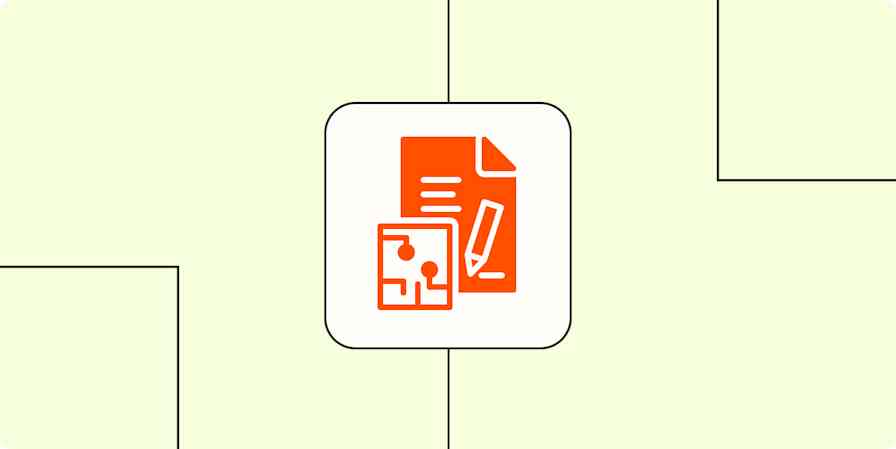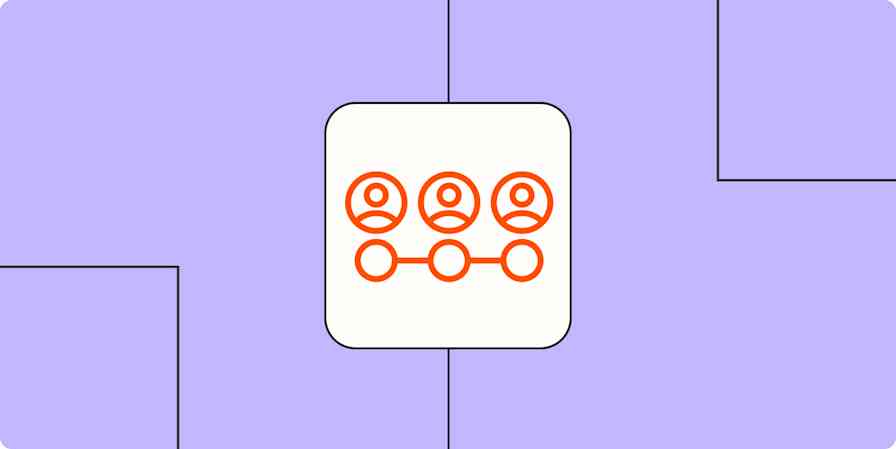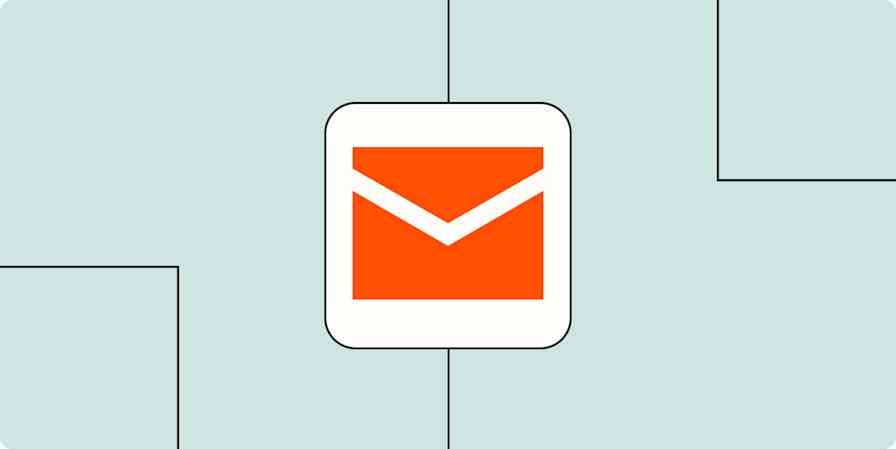Design thinking is an approach to innovation that's based on empathy for the user. With a focus on customer needs, you come up with ideas, iterate, and then implement the best ones.
It's relatively simple in concept, but as with any process, repetition and practice are required to make the most of it. And while design thinking can (and should!) be applied to many endeavors, here we'll look at how it helps sharpen the focus of innovative companies, driving revenue and profit. As the founder of TCGen, a consulting firm for product development, I've worked with many clients who've found success with design thinking—and I think you can too.
Design thinking example: New partnerships

One of our clients, a medium-sized, U.S.-based, growing technology company, used design thinking to innovate around sales and marketing. The question was how to rethink strategic partnerships: they wanted to combine their technology with a partner's technology to form a complete solution and market it together.
To meet the challenge, we worked with their sales and marketing team (about five members total) to apply design thinking to this challenge and deliver new concepts for testing in a short, six-week time frame.
Our first step was to scan for existing ideas that tend to be lurking around every corner of the organization. We asked people to reach into their archives (literal and figurative) to surface and name any related ideas. We then held a 30-minute video pre-session where we prepared the regional teams for two workshops:
Empathy workshop
Ideation workshop
The empathy workshop
The empathy workshop was a group exercise that was all about the customer's pain points. We invited two industry experts to be customer proxies, and with their help, we identified user personas (just two).
We then created some informal customer journeys (using Google Sheets) and made these personas come alive. We didn't finish until we had identified the major pain points each type of customer was facing. We did this for two personas in three hours.
We then asked everyone to brainstorm some potential solutions to these pain points between workshops, which were staged two weeks apart.
The ideation workshop
They then brought their ideas to a three-hour ideation workshop. Here's how that went:
The first item on the agenda was to share each individual's best ideas.
Then, in a second round, the participants built collaboratively on the ideas presented in the first round.
Third, the participants created a list of between five and seven criteria to rank the ideas. We asked them to do this by email outside of the workshop.
After the ideas were refined, the five workshop members chose the best ideas using individual voting.
This was all compiled via email, and we completed a review of the strongest ideas.
Idea template
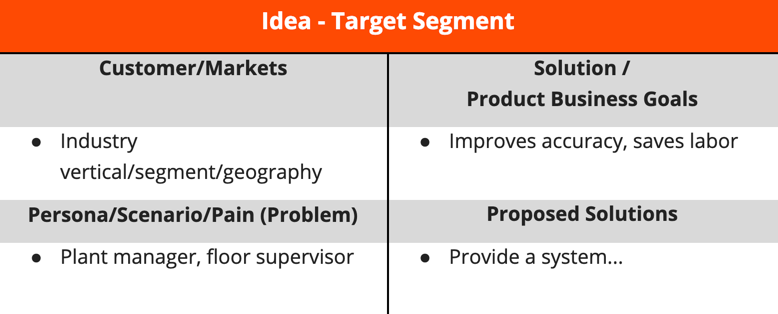
The consensus was to pursue a cohesive strategy across all of the regions while also having regionally-specific strategies, and the details of these strategies were sketched in. The teams then validated the chosen approach and moved to implementation.
The result was a new-to-the-company approach that represented innovation in a market adjacent to the company's core market.
Myths and realities of design thinking
The example above explodes some myths about design thinking.
Myth #1: Design thinking is a "greenfield process."
Reality: It can be daunting to start from a clean slate, but for scaling companies, it would be silly not to leverage great ideas as a starting point.
Myth #2: You have to create a detailed, attractive customer journey map.
Reality: Too often, customer journey maps are over-designed and consume too much valuable time without insight. All you need is a spreadsheet. Rather than spending time prettying up your map, focus on the important things:
Identify customers in the sales process.
Map the stages in the buying process.
Understand their pain.
Here's a template for a simplified but effective customer journey map.
Customer journey map template

Myth #3: We need intensive brainstorming workshops to formulate new ideas.
Reality: The best ideas often come from individuals in their focused, individual time. In our ideation workshop, we asked people to brainstorm ideas on their own and then refine them in a group process. What you need is clear criteria for ranking the ideas you identify. Here's a template for that.
Selection criteria template
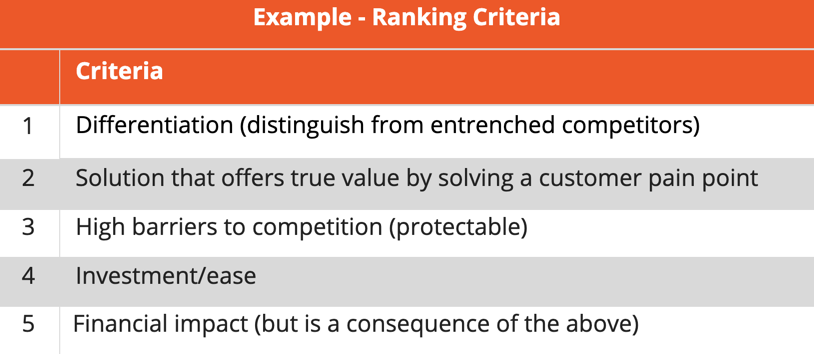
Benefits of design thinking
Design thinking decreases guesswork about your new ideas. Since it's collaborative and customer-focused, it not only makes projects more reliable but also enhances product-market fit.
It's an approach that sculpts products around the marketplace.
This approach reduces time-consuming, expensive customer support cycles. When you've knocked the bugs out of your offering through repeated iterations (which have already been vetted by customers), the issues you've had in the past, when releasing products on the "bleeding edge" of innovation, are quickly solved.
And it doesn't take a brain surgeon to figure out that products and services tailored around the user experience lead to customer satisfaction. It all starts with the customers' pain points. Products that alleviate that pain, especially in a way that delights customers and creates other benefits, are bound to be more commercially viable.
Most importantly, the design thinking process can be done quickly and achieve better results than week-long workshops. With our client, it was a kick-off meeting (30 minutes), two three-hour workshops, and independent thinking of about two to four hours.
The principles of design thinking
Our client's original approach to design thinking (and other methodologies such as Agile) tended to be relatively rigid. It was so daunting to them that they could never get it off the ground. But the truth is that these kinds of methodologies are flexible. In practice, they should be tailored to the culture and context of your business.
Consider the marketing and sales example above. We borrowed some methods and ideas from Jake Knapp's Design Sprint, but our procedure was an original application of design thinking principles for the client's needs. Not only is it possible to adapt the methodology—it's necessary for scaling companies.
In this spirit, we find that the most important aspect of design thinking isn't a set of procedures but a set of principles. Here they are.
Empathy for the user and walking in their shoes
This is easily the most important principle of design thinking. It's not enough just to observe or understand customers. You need to probe deeply to understand the pain points they're experiencing. Validate these pain points, and make sure you're solving the right problem.
In our work with our client, having industry experts in the workshop kept us connected to the customer (via proxies). I highly recommend doing something like this to be sure there aren't any blind spots.
Iteration by prototyping and soliciting customer feedback
Design thinking is iterative—and that's what makes it work. Get prototypes in front of customers, even if they're not physical products, and even if your product or service is never going to be a visible product. A prototype can be a PowerPoint slide or even a drawing on a napkin.
The important thing is not only to get ideas in front of real customers, but to improve them and bring them back for more customer feedback. This approach expands the range of possible solutions by allowing for discovery, especially when teams don't get too attached to pet ideas.
Customer interaction at all levels in the customer journey
You should also continue interacting with customers throughout their journey with your product. Make sure you know how your ideas might impact the customer not just during the time they're using your product, but even when they're not using it.
In our sales partnership example, suppose the strategic partnership in question seemed appealing as an offering but the user interface wasn't usable. The customer might give excellent feedback about the concept, but a poor user interface would kill even the best idea.
Innovation at the intersection of human values, technical capability, and commercial viability
Empathy is not intellectual—it's emotional. And, ultimately, customer buying decisions are also emotional. At the same time, technical products are highly engineered and based on rational, scientific methods, and customer data may also be subject to scientific analysis.
Done right, design thinking brings together the human values of empathy and compassion, with the technical skills of engineering and marketing, to produce commercial viability. This commercial viability is what makes prospects reach for their wallets, and it occurs when a solution not only alleviates the pain points but delights customers as well.
Getting started with design thinking for growth companies
Broad principles are easy to articulate. But how can a company, especially a scaling company with limited time and resources, start to develop a design thinking superpower? Here are five quick tips to get you started.
1. Customize design thinking to your business, modifying steps that don't work for you
Don't get stuck in rigid processes or lists of steps. Leverage customer insights and the process of iterative design, and learn from experts and consultants. But if you don't modify the process to meet your needs, you're unlikely to succeed.
2. Get the bosses to embrace it
Design thinking requires support from management. By nature, it questions preconceptions, and this can be disconcerting, especially for people who've already been successful doing what they're doing. This is especially true of founders, who might be more emotionally invested in certain ideas. Unless the C-suite supports the process, design thinking is likely to run up against blockers.
3. Use proxy customers
In our example, we wanted to get direct customer involvement early on but were put off by the recruiting requirements and timeline. Instead, we substituted two consultants who were nearly perfect stand-ins for the customer. If you can't get your ideas in front of real customers, this is an excellent alternative.
4. Don't leap immediately to problem-solving
One of the common mistakes people make with design thinking is jumping straight to solutions before they fully understand the customer problem. (But remember not to get bogged down in customer journey maps: use shortcuts to identify the pain.) You need to be patient and start the process solution-free.
5. Listen to others—really listen
We've found that the best innovations come from the best listeners. In our example, the people who came to the workshop equipped with the best solutions were those who had customer contact and really listened during those conversations.
We've found this to be a good guideline: when confronted by any customer pain point, ask "why?" five times. Keep asking "why?" until you've gone past the customer's suggested solutions and past their own preconceptions to reveal the richest insights.
Design thinking allows teams to focus on customers and create with them, around their needs. Some training is involved, for sure, but it doesn't take heavyweight processes, expensive courses, or software tools to be successful. Just open up your ears and start listening.
This was a guest post by John Carter, founder of TCGen Inc. TCGen helps growing organizations innovate and succeed with new products by improving team strategy, innovation, and execution. Want to see your work on the Zapier blog? Read our guidelines, and get in touch.


